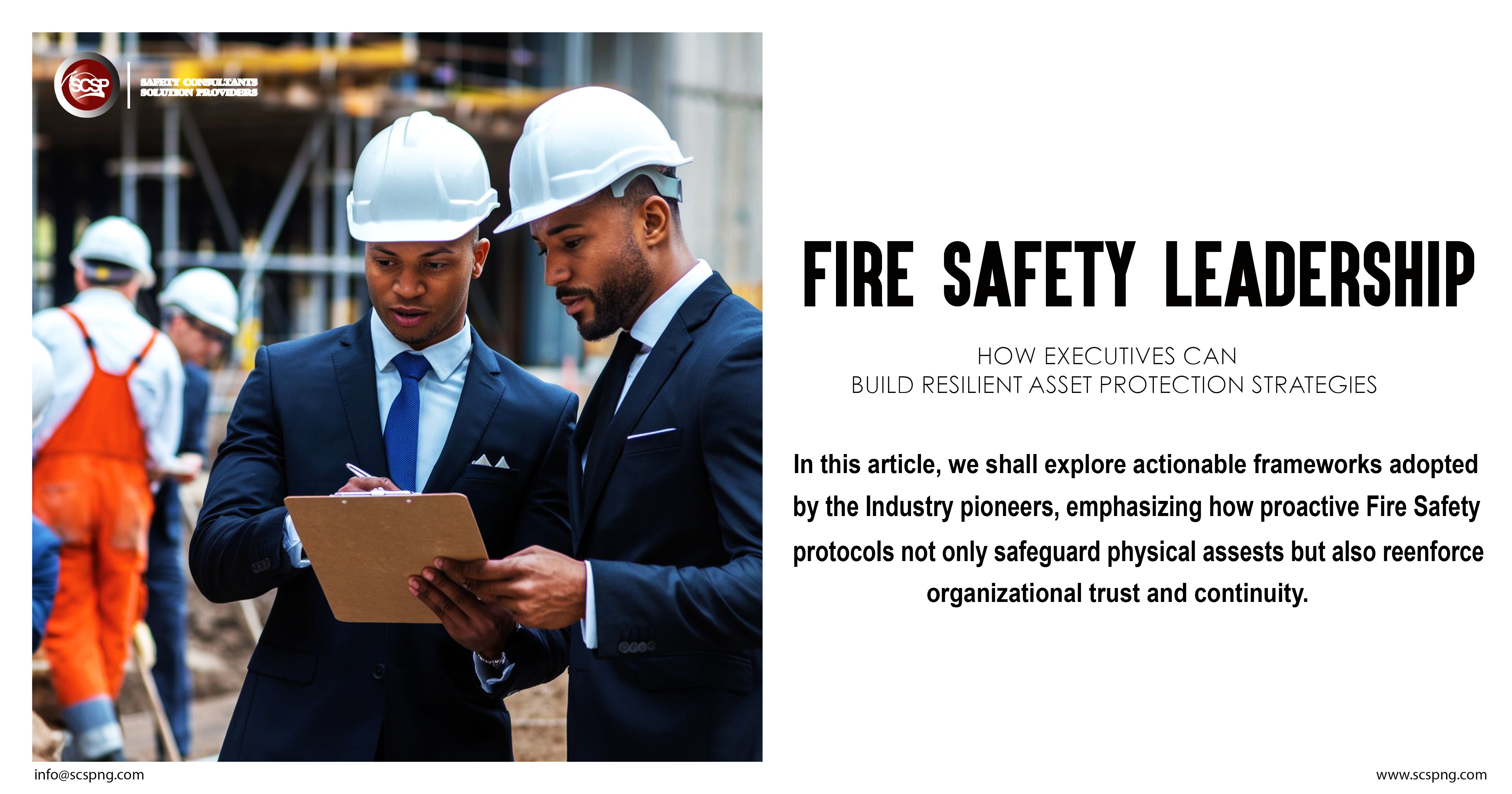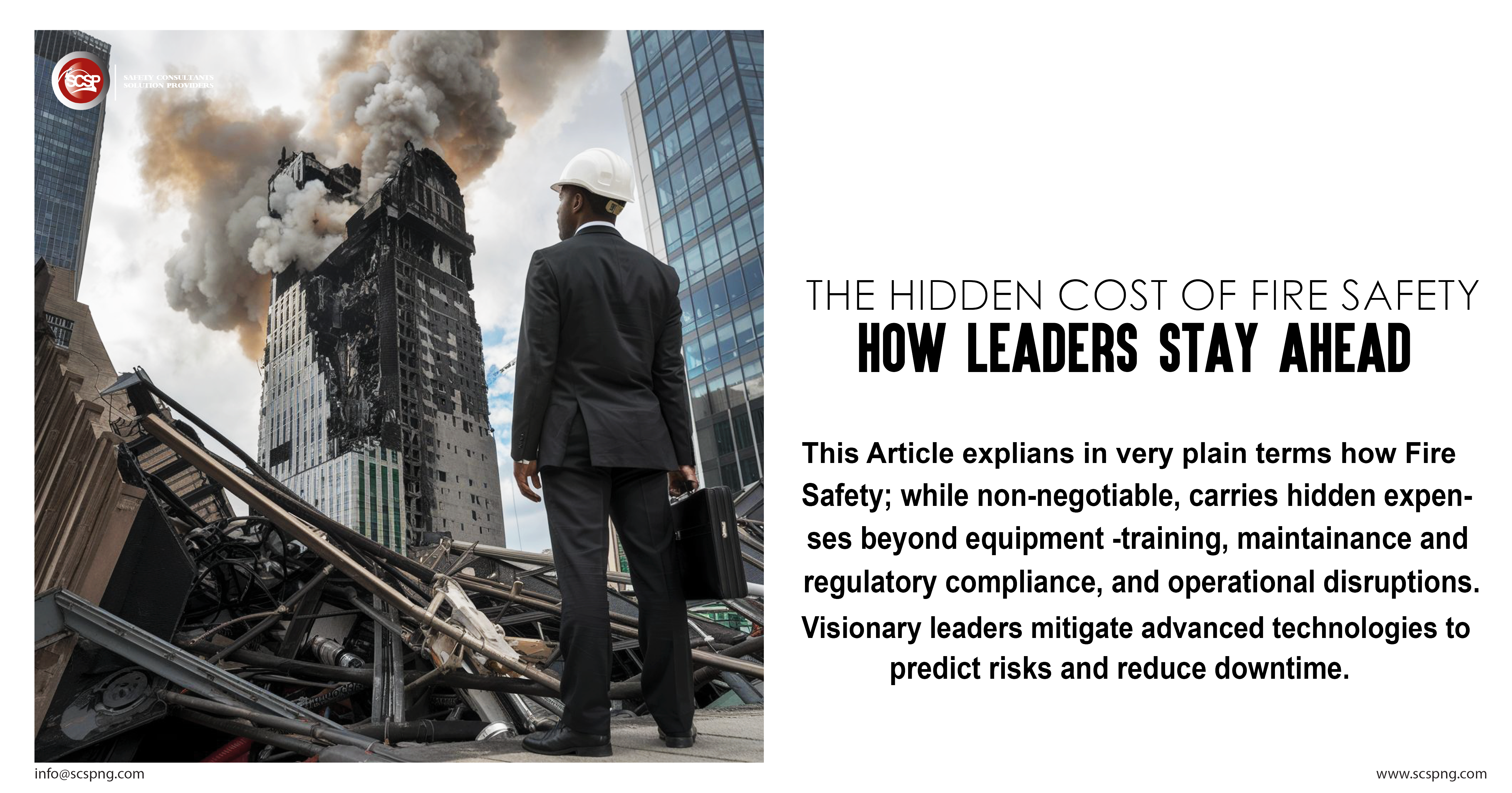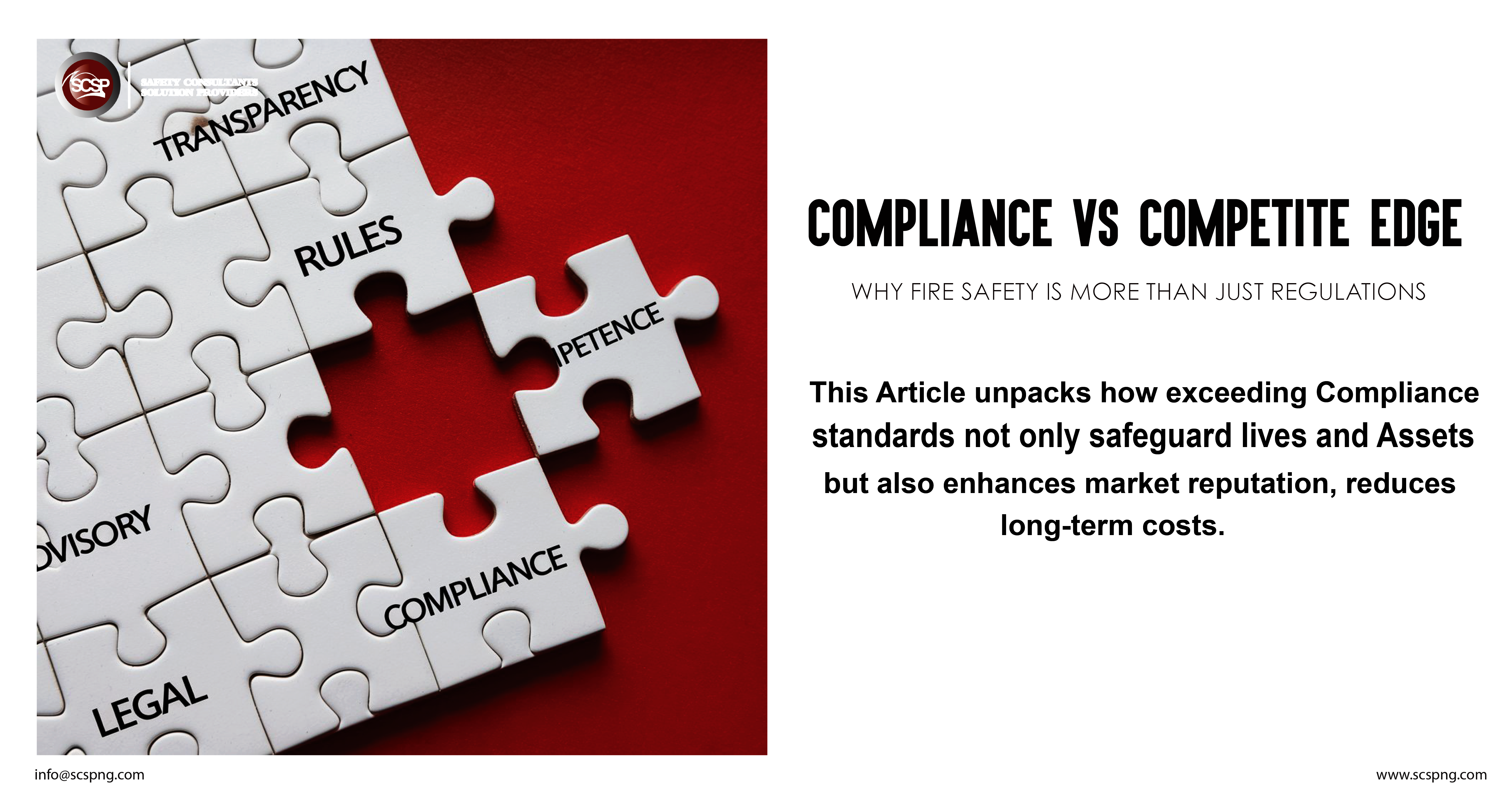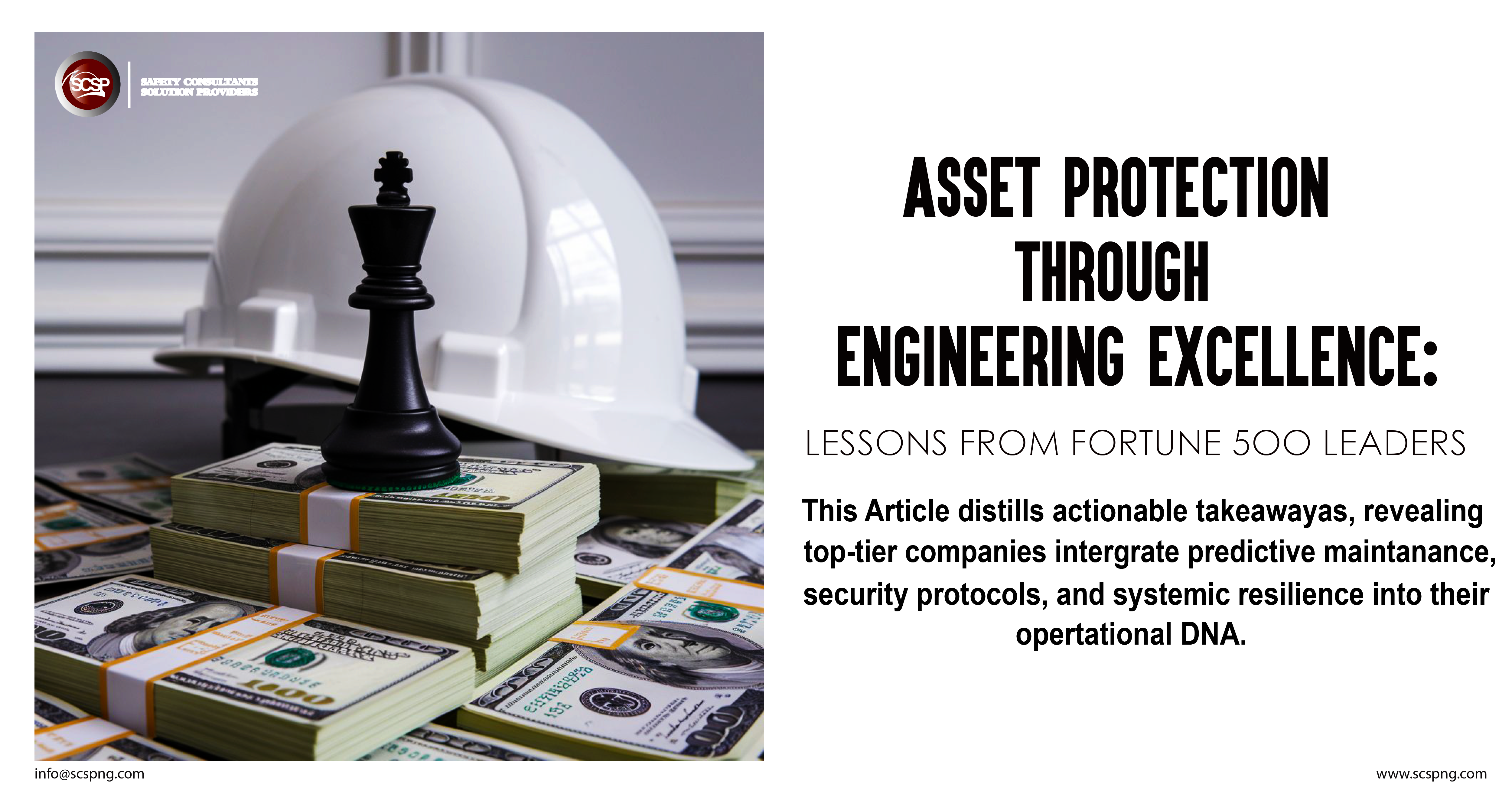“The only two certainties in life are death and taxes” – Benjamin Franklin 1789
Regarding the latter, we have very little control unless we are in a political capacity, however, regarding the former, we have a responsibility as engineering designers, constructors, manufacturers, owners, and operators to ensure, the safety of other persons is not put at risk from work carried out as part of the conduct of the business or undertaking.
This process highlights and enforces the identification of hazards and assessment of risk early enough in the design phase of engineering and considers how to eliminate, isolate or minimize the risks of death, injury, and ill health (to as low as reasonably practicable) to those who construct, operate, maintain, decommission or demolish an asset.
Safety in Design begins at the Front End Engineering Design and planning phases of a project. The emphasis is on making the right compliant design choices as early as possible to enhance the safety of the project. These choices may include but are not limited to appropriate equipment selection, synergized methods of construction and maintenance provisions, materials used.
Also Read: BENCH FOR SAFE ELECTRICAL SYSTEMS
Most construction safety risk mitigation is aimed at isolating, informing, or controlling the hazard. The opportunity to consider the life cycle of the project and involve decision-makers in the early design stages to eliminate a hazard is valuable. The earlier you can begin this process in design, the easier it is to make changes that benefit everyone. Design development offers the greatest opportunity to incorporate improvements that can produce time and cost savings over the life of the asset.
The hierarchy of control sets out the strategic approaches that can be adopted in hazard identification and hazard operability. The key principle is that it is better to eliminate hazards from inception than to try to manage or control them when out of control.
The hierarchy of hazard control should be consistent with Sections 5-8 of the Health and Safety at Work (General Risk and Workplace Management) Regulations 2016 in order of efficiency.
- Elimination: Physically remove the hazard.
- Substitution: Replace the hazardous activity.
- Engineering control: Isolate people from the hazard.
- Administrative control: Physical change by adding safeguards to change the activity pattern.
- PPE: Protect the worker with personal protective equipment.
Also Read: First Aid at Work
The concept of Safety in Design methodology avails the opportunity to proactively reduce the health and safety risk to personnel during the life of an asset, understanding the environment, identifying stakeholders, and planning safety in the design procedure.
Furthermore, it creates an environment for honest and open discussion amongst a wider design team, committing to continual improvement and knowledge sharing.
Also Read:
The accepted standard for mitigative measures for all occupancy
New Fire Container Pressure and Temperature Remote Monitoring Technology
ACCEPTED STANDARD BENCHMARK and MITIGATIVE MEASURES
SCSP DESIGN AND ESTIMATION LEAD
FRANK ADIZUA / ANTONIA BERI








